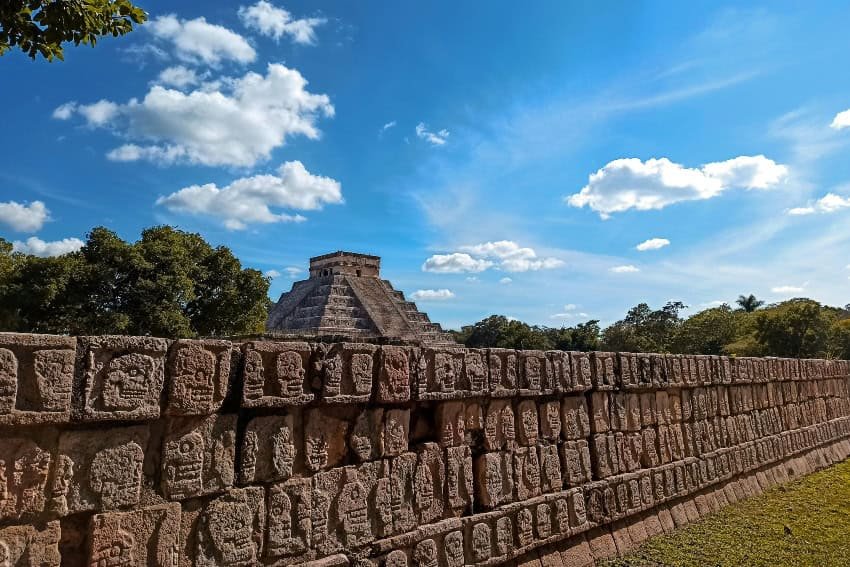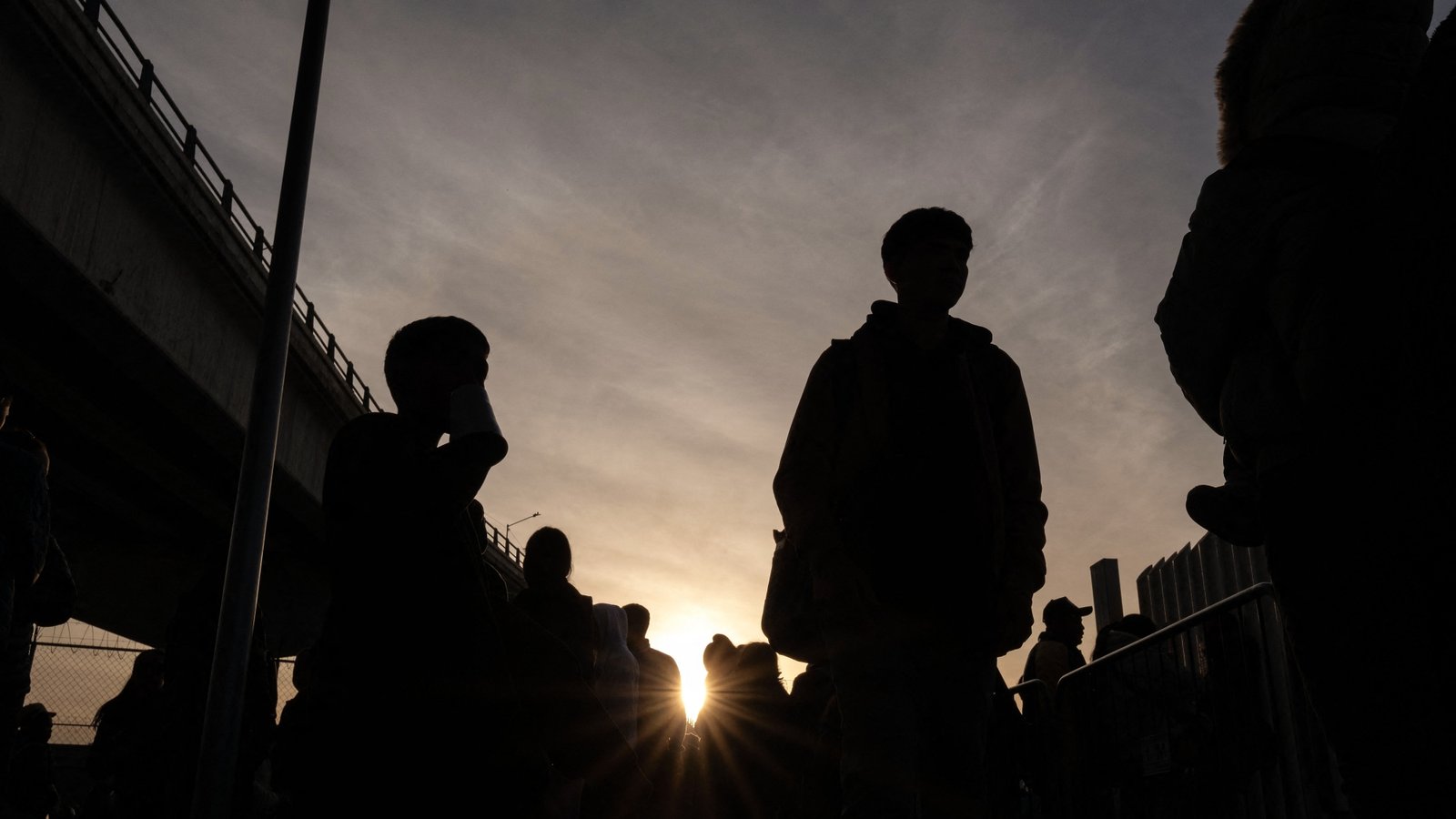Having spent the past four years living in and traveling all over Mexico, I’m continually struck by how well the country has preserved its historical heritage. Few countries display their history as openly as Mexico, where the layers of time are etched into the very landscape. You can see it in the colonial cathedrals built with the stones of dismantled temples and feel it as ancient pyramids that tower over the jungle canopy.
According to the National Institute of Anthropology and History (INAH), there are over 50,000 archaeological sites in Mexico. While the vast majority remain unexcavated, nearly 200 are open for exploration — many of which are entire cities that have withstood centuries of conquest and jungle reclamation. This historical wealth is staggering in its scale and comparable to that of countries like Peru and Egypt.
With that, I present another edition of Where to Travel in Mexico in 2025, designed to help you navigate Mexico, matching your specific interests to the destinations that best suit you. Here’s a look at six of the best historical spots in Mexico for travelers interested in the stories of yesteryear.
Mexico City and Teotihuacan: For the tallest pyramids
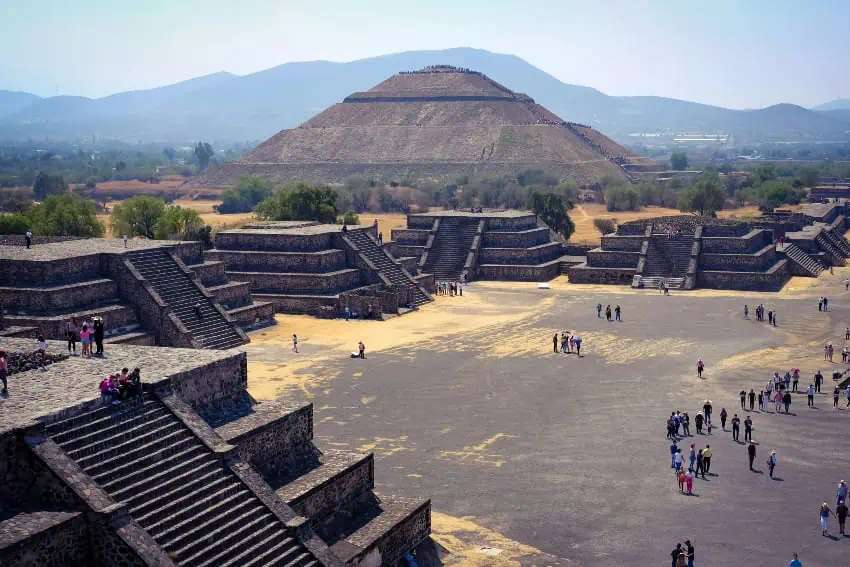
To travel back in time, the best place to start your journey is in the capital city. Beneath the skyscrapers and colonial buildings of Mexico City lie the remains of the ancient Mexica (Aztec) capital, Tenochtitlan. After a brutal siege in 1521, Spanish conquistador Hernán Cortés and his allies razed Tenochtitlan, building their new world directly upon its ruins.
For centuries, the great temple of the city’s ceremonial center, the Templo Mayor, lay forgotten. Today, you can descend into the excavation site next to the Metropolitan Cathedral. This was once the axis mundi of an empire, a dual pyramid once dedicated to the gods of war and rain, now forever shadowed by the symbols of its conquerors. To see the artifacts that have been recovered here, spend a day at the spectacular National Museum of Anthropology, home to some of the biggest collections of pre-Columbian artifacts in the Americas.
An hour’s drive from Mexico City takes you to Teotihuacan, dubbed the “Birthplace of the Gods.” This colossal city, which peaked centuries before the Mexica, was already an awe-inspiring ruin when they found it. They revered it as a sacred place, admiring its imposing pyramids.
From the top of the Pyramid of the Moon — it’s now possible to climb it again — you can look down at the Avenue of the Dead towards the Pyramid of the Sun, and admire the sheer scale and the mystery of who built it. On my recent trip here, I booked a hot air balloon trip over Teotihuacan for my friends who were visiting; needless to say, they were all absolutely blown away. Go early to beat the crowds and the sun — there is no shade — and wear proper footwear, a hat and sunscreen.
Chichén Itzá: For the best-preserved ancient city
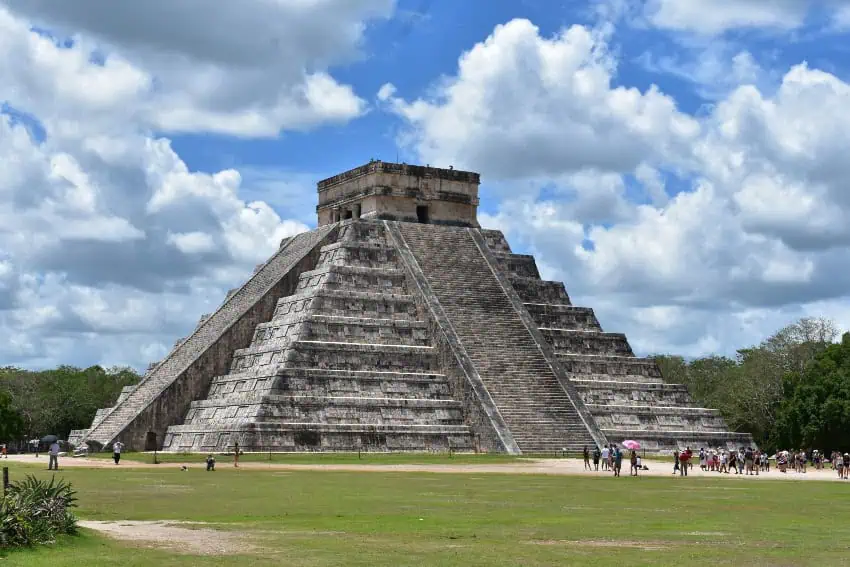
There are archaeological sites, and then there is Chichén Itzá. As one of the New Seven Wonders of the World, its monumental scale and iconic structures are known across the globe. Of the numerous ancient ruins I’ve explored in Mexico, this is easily the best preserved.
Before my trip, I’d seen the pyramid of El Castillo in a thousand photographs, but nothing prepares you for standing before it, feeling its geometric perfection and contemplating its purpose as a massive stone calendar. This Maya city is a testament to an advanced understanding of astronomy, from the serpent of light that descends the pyramid during the equinoxes to the celestial alignments of the El Caracol observatory.
The best time to visit Chichén Itzá is during the spring or fall equinox. On these two days, the setting sun creates the illusion of the feathered serpent god, Kukulcan, descending the stairs of the main pyramid. Regardless of the time of the year, Chichén Itzá gets incredibly crowded. My advice is to get there the moment it opens. Better yet, stay overnight in a hotel in nearby Valladolid so you can beat the crowd. Hiring a licensed guide is also well worth the expense, as they can unravel the myths and understand the complex Mayan civilization.
Palenque: For wild jungle adventures
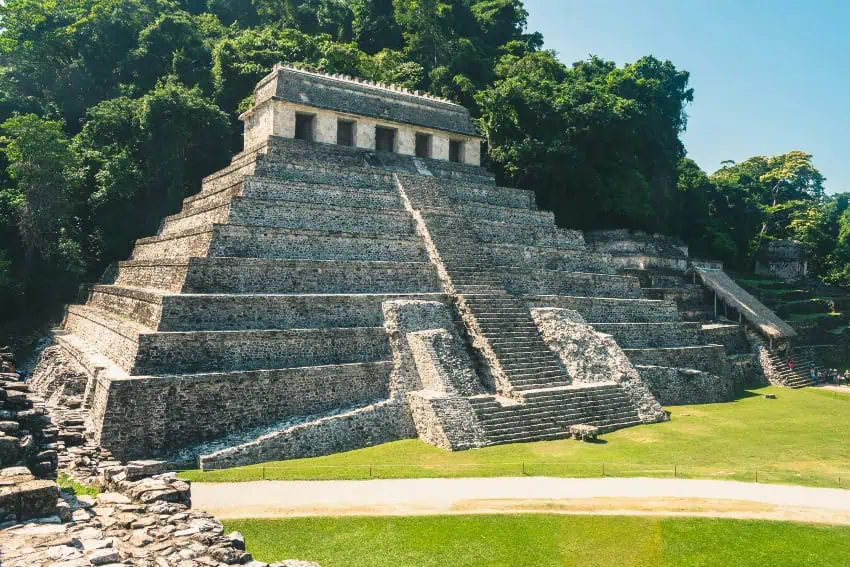
Rising from the thick jungle canopy of Chiapas, Palenque is a city of staggering architectural and artistic achievement. It was a powerful Maya city-state that peaked in the 7th century under K’inich Janaab’ Pakal, or Pakal the Great. Its centerpiece is the towering Temple of the Inscriptions, which houses the famous tomb of Pakal, discovered only in 1952. The hieroglyphic inscriptions found here were crucial in cracking the Maya code.
I’ll never forget my first visit. As one of the first people to enter the park that morning, I felt like I’d stumbled upon a lost city. Long before I saw the first stone temple, I heard the guttural roar of howler monkeys echoing from the canopy and the chatter of parrots. As I walked the grounds, brightly-colored toucans flew through the dawn mist that clung to the pyramid tops.
The magic of Palenque lies in its seamless integration with the surrounding Palenque National Park. As a protected area, the park allows wildlife to flourish — it’s common to spot coatis and spider monkeys in the trees bordering ancient ball courts.
To experience Palenque the way I did, get there when it opens at 8 am. Consider hiring one of the certified local guides at the entrance — their invaluable knowledge brings the city to life. After exploring the ruins, head inside the on-site museum, the Museo de Sitio de Palenque, which houses many of the original treasures and features a stunning replica of Pakal’s intricate sarcophagus.
Calakmul: For a completely offbeat experience
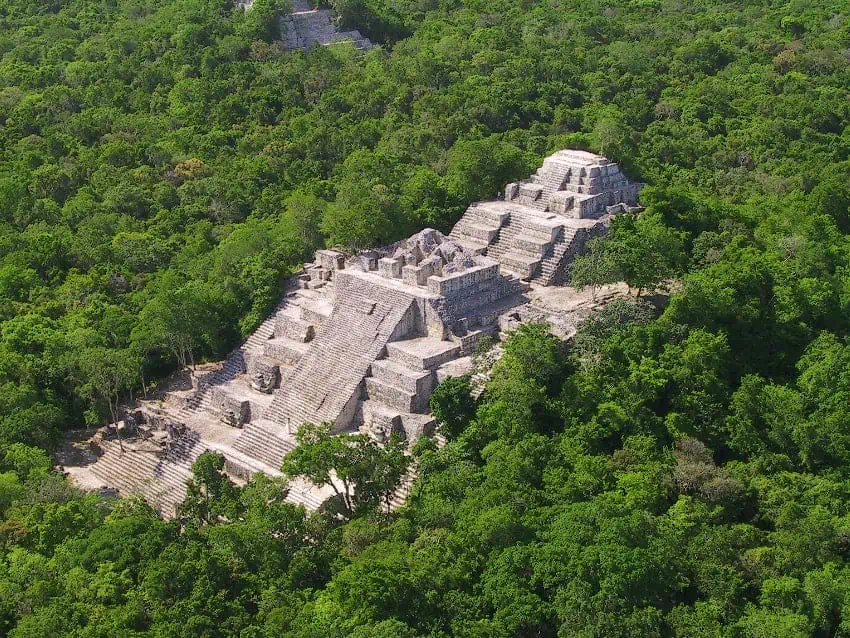
If Chichén Itzá is the blockbuster movie, Calakmul is the art-house epic for hardcore history enthusiasts. The ancient city was one of the two Maya superpowers during the Classic period, the seat of the Snake Kingdom (Kaanul dynasty) and the sworn enemy of Tikal in Guatemala. The sheer scale is mind-boggling, with over 6,500 structures identified.
Esconced deep within the Calakmul Biosphere Reserve, this ancient site is remote and not easy to get to. It’s about a two-hour drive from the main highway, but the reward for this journey is profound solitude. Since a large portion of the ancient city is still not excavated, you get a sense that you are only scratching the surface of a forgotten superpower.
Visitors are still allowed to climb Structure II, the tallest pyramid in Calakmul, but the steps are steep and there are no railings, so be extra careful. From the top, you can look out to an unbroken sea of green jungle stretching to the horizon, with the tops of other temples poking through like islands, and imagine what this ancient city looked like in its heyday.
Visiting Calakmul is a pilgrimage, more than a simple day trip. I recommend renting a 4×4 or at least a vehicle with good suspension, as the road into the reserve is long and bumpy. This is a place for serious walking shoes and an adventurous spirit. Staying overnight in the nearby town of Xpujil is your best bet for an early start.
Ruta Puuc: For Puuc architecture
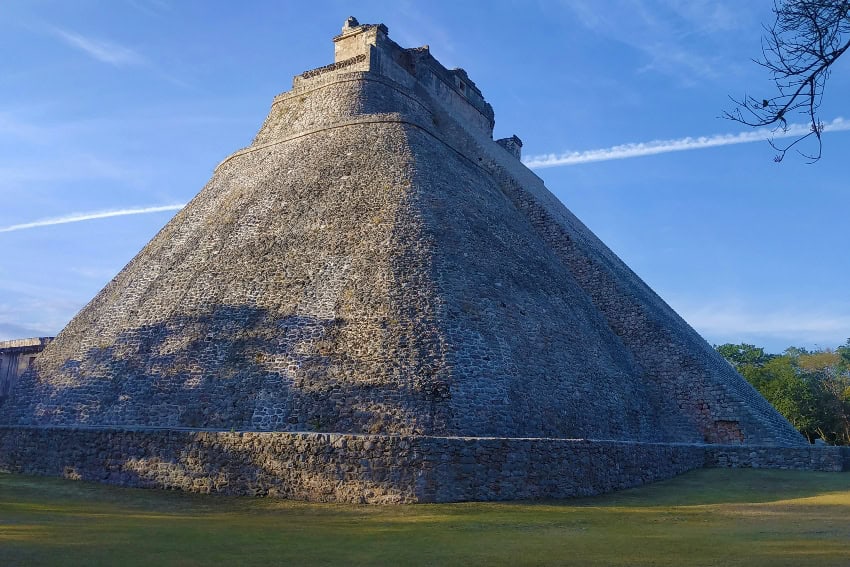
For those who appreciate not just scale but unique style, the Ruta Puuc south of Mérida is a journey into architectural mastery. This collection of sites showcases the Puuc style of the Late Classic period, characterized by stunningly intricate mosaic stonework and a ubiquitous devotion to the long-nosed rain god Chaac.
The star of the route is Uxmal, a site so beautiful it rivals Palenque and Chichén Itzá. I remember being mesmerized by the Pyramid of the Magician, with its unique rounded sides, and the Governor’s Palace, a low-slung masterpiece of decorative friezes that Frank Lloyd Wright considered one of humanity’s greatest architectural achievements.
Renting a car from Mérida allows for more freedom to explore the Ruta Puuc at your own pace. After the grandeur of Uxmal, continue to the smaller sites of Kabah — with its dizzying Palace of the Masks — and Labná, where you can walk through a beautifully ornate arch that once connected two parts of a thriving city. It’s a day of appreciating artistry, craftsmanship and the subtle evolution of a civilization’s expression in stone. You can easily combine a weekend in Mérida with a road trip along the Ruta Puuc for an all-encompassing adventure.
Villahermosa and Xalapa: For Olmec history
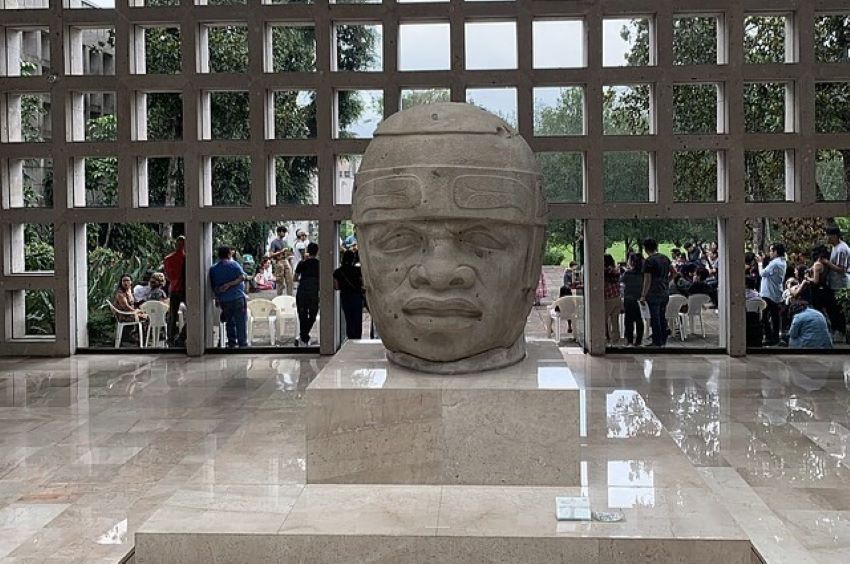
Before the Maya, before the Aztecs, there were the Olmecs, the mother civilization of Mesoamerica. For those who want to go back to the very beginning of Mexican civilization, the trail of the Olmecs is a fascinating journey.
Seeing the colossal Olmec heads at the Parque-Museo La Venta in Villahermosa was quite the experience. Walking through a jungle park, I suddenly came face-to-face with a 20-ton stone head carved 3,000 years ago, staring at me with an inscrutable expression. It was humbling to stand in the presence of artifacts from a culture credited with so many firsts: major ceremonial centers, monumental stone carving and possibly the first writing system in the hemisphere. Their influence spread across ancient Mesoamerica, down to many parts of today’s Central America.
To properly trace their legacy, start in Villahermosa to see the colossal heads from the La Venta site, now displayed in a fantastic outdoor museum. From there, travel to Xalapa to visit the impressive Xalapa Anthropology Museum (MAX), which boasts the most important Olmec collection in the world. Villahermosa has a Gulf Coast climate, so pack light clothing and bug spray for the heat and humidity. On the other hand, Xalapa enjoys a cool climate year-round, as it’s located in the Veracruz highlands, surrounded by coffee plantations.
What’s right for each type of traveler?
We’ve put together a table summarizing which destination would suit culture travelers based on their experience in Mexico.
Beginner travelers are those with limited international experience; maybe this is their first trip to Mexico. Ideal for first-timers who prefer margaritas with training wheels. These travelers stick to well-trodden paths, mastering “¿Dónde está el baño?” while clutching a phrasebook. They thrive in destinations where guacamole arrives with optional spice and the hotel staff speak Google Translate.
Intermediate travelers are those with some international experience who can handle moderate language barriers and cultural differences. Ready to trade resorts for real-deal experiences, these travelers navigate cobblestone streets without face-planting. They’ve graduated to ordering “tres tacos al pastor” without pointing and can haggle for a sombrero in Oaxaca’s markets… but still overpay by 20%.
Advanced travelers are those with extensive experience navigating complex destinations independently. These wanderers treat Mexico like a choose-your-own-adventure novel written in Spanglish. They’ve adopted a street dog named Churro, debate the merits of different artisanal mezcals and know which mercado stall has the best tamales oaxaqueños.
![]()
Nellie Huang is a professional travel writer and author based in San Miguel de Allende with her family. She has contributed to BBC Travel, CNN, International Business Times, and National Geographic, and co-authored Lonely Planet’s 2025 Mexico guide. Read about her adventures worldwide on wildjunket.com and follow her updates on Instagram @wildjunket.

